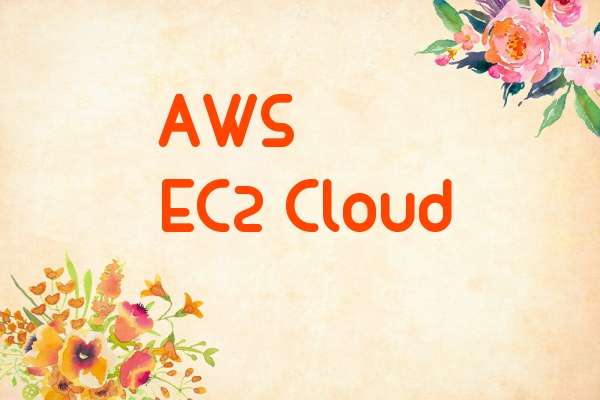EC2 auto scaling is a property, where it automatically increase your computing power.
AWS Top Instance Types According to the wiki
- General Purpose: M5, M4, T2
- Compute Optimized: C5, C4
- Memory-Optimized: X1e, X1, R4
- Accelerated Computing: P3, P2, G3, F1
- goog_1389995598Storage Optimized: H1, I3, D2
15 Frequently Asked Questions on EC2
1. When was EC2 introduced?
A) 2006
2. Does EC2 has a graphical user interface (GUI)?
A) Yes, it has.
3. What are the real applications of EC2?
A) It is scalable and faster Docker container management features.
4. What is an instance?
A). The virtual computing power you can say as an instance.
5. What is an AMI?
A) This is a pre-configured template to use in an instance.
6. What is AWS Lambda?
A). This is a compute service that runs code without the need to provision or manage servers.
7. What is AWS Elastic beanstalk?
A). This is a service that enables you to quickly deploy and manage applications on the AWS Cloud without worrying about the infrastructure that runs those applications
8. What is Amazon Light Sail?
A). This service is for developers who need virtual private servers. Amazon Lightsail includes everything you need to launch your project quickly—a virtual machine, SSD-based storage, data transfer, Domain Name System (DNS) management, and a static IP address—for a low, predictable price.
9. What is AWS Batch?
A). This service enables you to run batch computing workloads on the AWS Cloud. Batch computing is a common way for developers, scientists, and engineers to access large amounts of computing resources
10. What is Amazon EBS volume?
A). The persistent storage volumes for your data using Amazon Elastic Block Store (Amazon EBS), known as Amazon EBS volumes
11. What is an Elastic IP address?
A). The IP Address, which is assigned to an instance is called Elastic IP Address.
12. What is Amazon Virtual Private Networks?
A). Virtual networks that you can create that are logically isolated from the rest of the AWS Cloud and that you can optionally connect to your own network.
13. What is Amazon AMI?
A). An AMI provides the information required to launch an instance.
14. How many ways you will get AMI? and what are those methods?
A). You will get by 4 methods.
Those are:
- Provided by AWS
- AWS Marketplace
- You can create and manage your own AMIs.
- A shared AMI
15. What is Shared AMI?
A). A shared AMI is an AMI that a developer created and made available for other developers to use.
**Note: The Amazon ECS. You can call it Amazon Container Service. You can manage Docker containers on Amazon ECS
Download AWS EC2 PDF
- The Questions Available in PDF format to download HERE





.jpg)
I read your whole blog. This is very nice
ReplyDelete